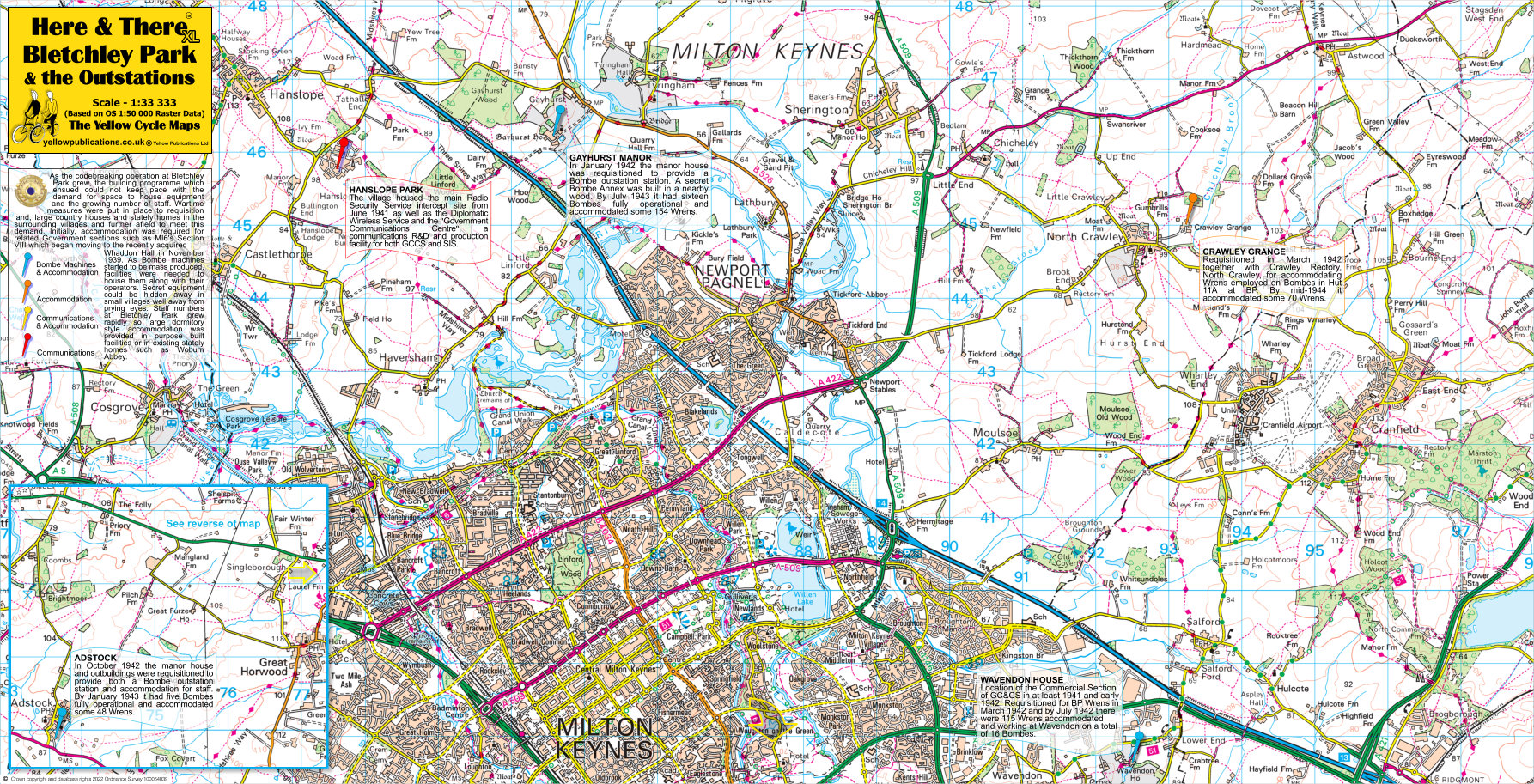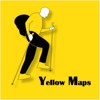We use cookies to make your experience better. To comply with the new e-Privacy directive, we need to ask for your consent to set the cookies. Learn more.
In stock
Availability In Stock
Publisher Yellow Publications
Format Folded Map
Size 63 x 32 cms (unfolded)
Scale 1:40 000 (approx 1.6 to 1 mile)
ISBN
9780755842599
SKU
82181
Here & There 'XL' Bletchley Park & the Outstations



